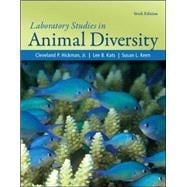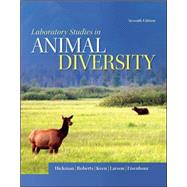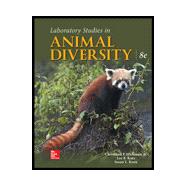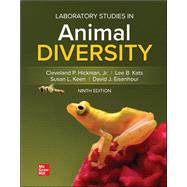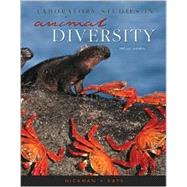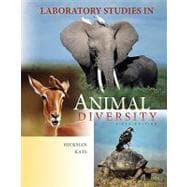Laboratory Studies in Animal Diversity

Laboratory Studies in Animal Diversity
- ISBN 13:
9780073260983
- ISBN 10:
0073260983
- Edition: 4th
- Format: Paperback
- Copyright: 01/23/2006
- Publisher: McGraw-Hill Science Engineering
- Newer Edition
Rent
Sorry, this item is currently unavailable.
Note: Supplemental materials are not guaranteed with Rental or Used book purchases.
Extend or Purchase Your Rental at Any Time
Need to keep your rental past your due date? At any time before your due date you can extend or purchase your rental through your account.
Summary
A striking collection of eyes showcases diversity across the animal kingdom. Arthropod eyes may be the most unique in shape, as evidenced by those of a hornet and a red damselfly, but bright color is not the exclusive province of any one group. The pink stalked eyes of a mantis shrimp vie for attention with the vivid yellow surround of an Australian Pelican eye and the red on green color scheme of a tree frog. Orange eyes stand out in an iguana and a Cape Eagle Owl, but blend with the fur of an Indonesian Tarsier. Vertical pupils in a Green Tree Python or a Nile Crocodile are unlike those of a parrotfish or a mandrill, but are not so strange as the horizontal bar of an Atlantic Oval Squid eye. Despite the exotic forms of eyes, recent research suggests a common origin for vertebrate and invertebrate visual systems. The two systems use different photoreceptor cells in the eye, but vertebrate photoreceptors have been identified in the brain of a marine invertebrate; a clam worm. Present of both cell types in a polychaete, in the eye and brain, indicates shared ancestry for vertebrate and invertebrate eyes. (Left to right, top to bottom; 1st row: Caracal, Red Damselfly, Bald Eagle, Atlantic Oval Squid. 2nd row: Iguana, 3rd row: Hornet, Horsefly, Squirrelfish, Mantis Shrimp. 4th row: Green Tree Python, Buffalo, Cape Eagle Owl, Tarsier. 5th row: Red-Eyed Tree Frog, Tarantula, Australian Pelican, Mandrill. 6th row: Nile Crocodile, Longlure Frogfish, Bibron's Gecko, Parrotfish.) Book jacket.




